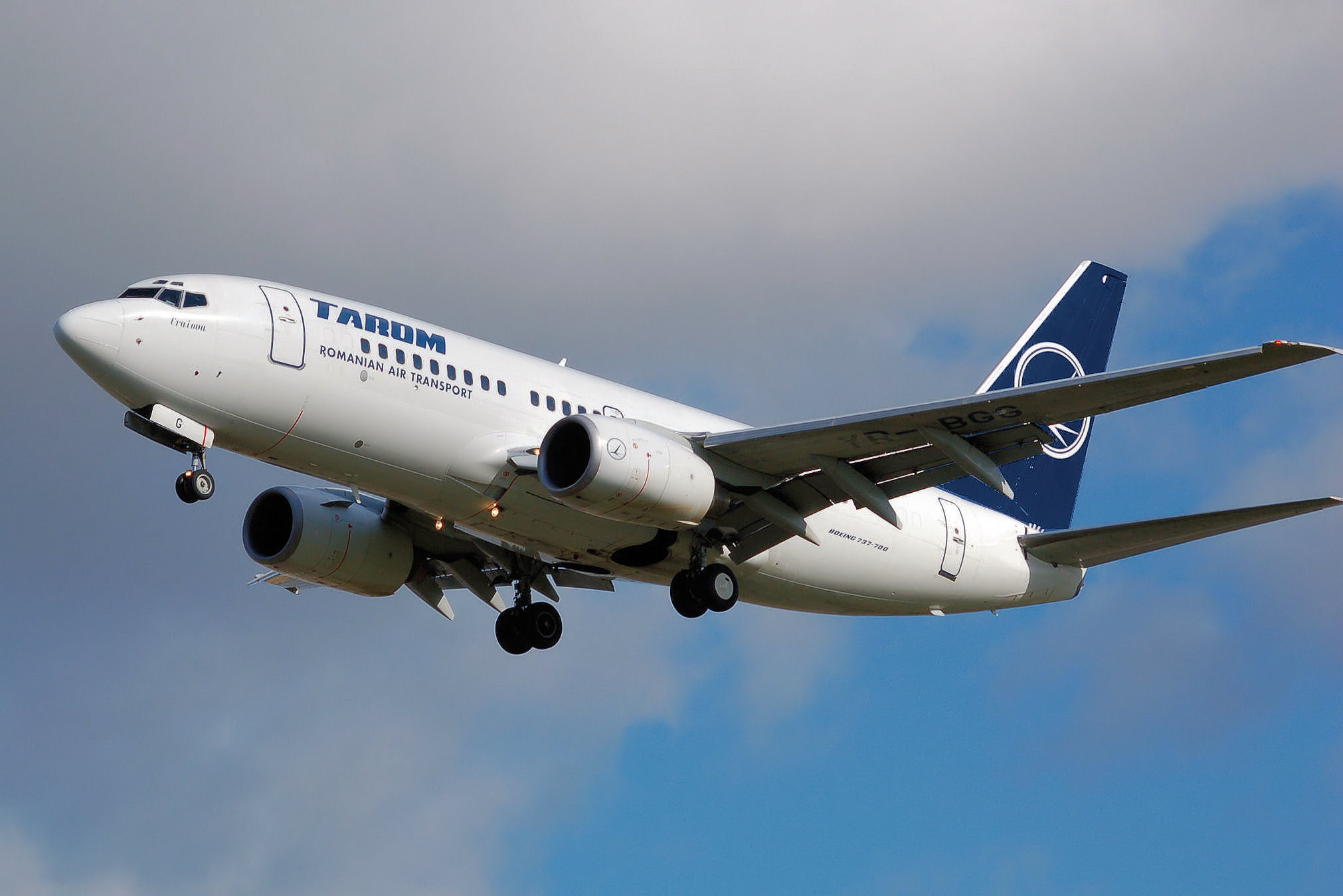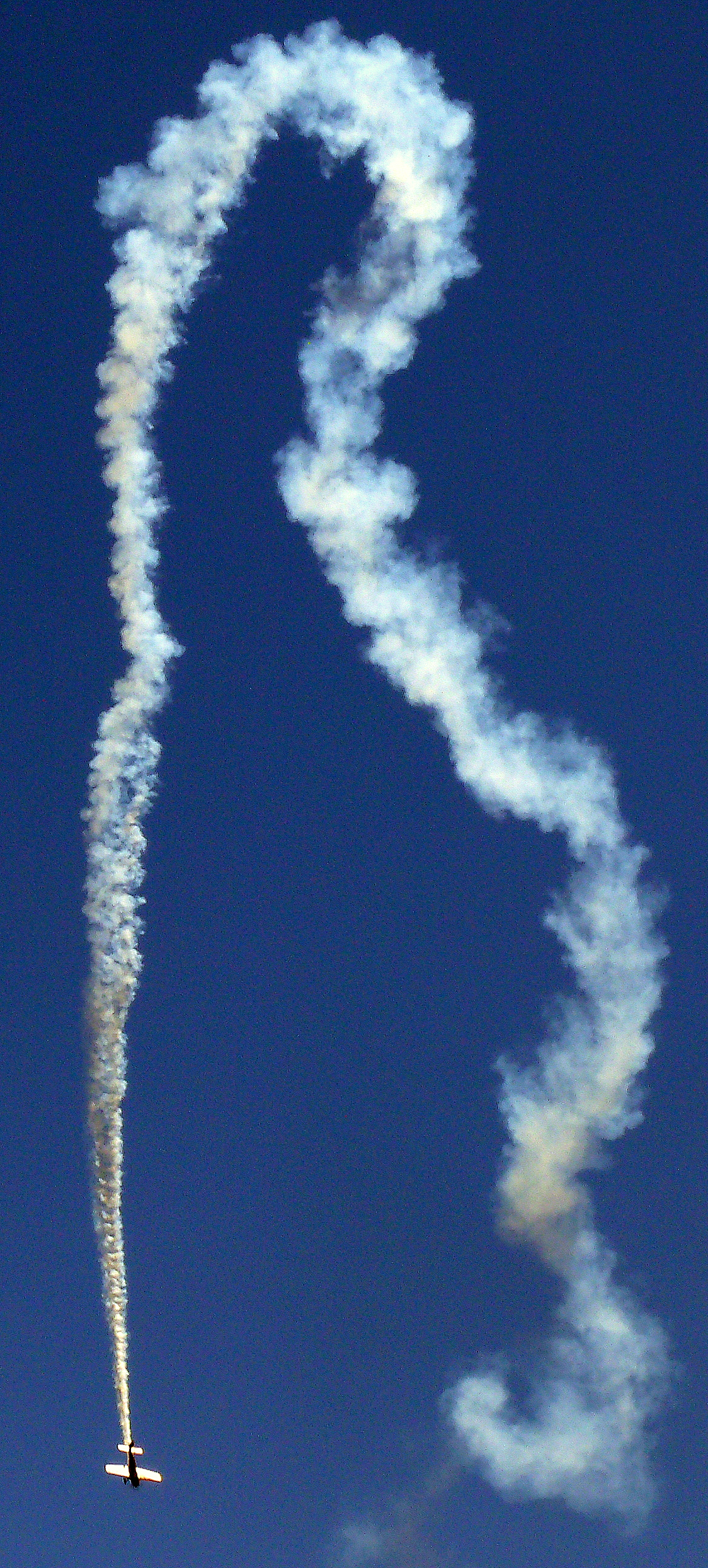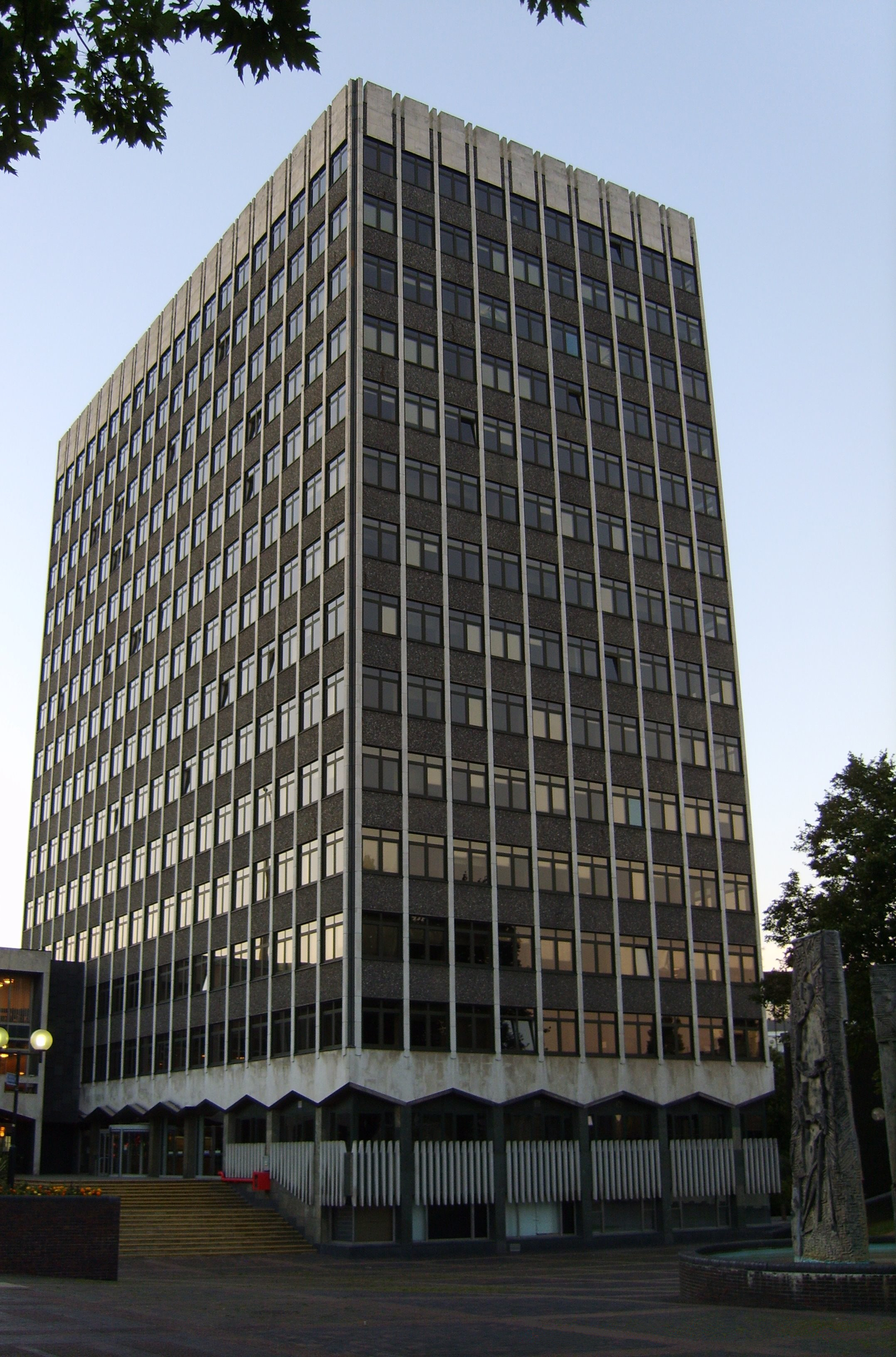|
Taylor Monoplane
The Taylor J.T.1 Monoplane is a British fixed-wing aircraft design for a homebuilt aircraft, developed in the 1950s by J.F. Taylor.Bayerl and Berkemeier et al. 2011, p. 122. History The J.T.1 Monoplane was designed by John Taylor in 1956 and the prototype (registered G-APRT) was built by him at Ilford, Essex between 1958-1959. It flew for the first time on 4 July 1959 Taylor 1988, p. 548. at White Waltham. At that time it represented the first post war homebuilt design to come from England. Construction It was designed to be constructed in small spaces with the minimum of tools and material cost, requiring only average building skills from the constructor. It is aimed exclusively at the lower power range such as the Volkswagen air-cooled engine, therefore giving economy with an acceptable cruise speed. It is semi- aerobatic. Operation The airframe of the J.T.1 Monoplane was proof loaded to verify the stress calculations and no modification has ever been introduced since the ... [...More Info...] [...Related Items...] OR: [Wikipedia] [Google] [Baidu] |
Home Build Aircraft
Homebuilt aircraft, also known as amateur-built aircraft or kit planes, are constructed by persons for whom this is not a professional activity. These aircraft may be constructed from "scratch", from plans, or from assembly kits.Armstrong, Kenneth: ''Choosing Your Homebuilt - the one you will finish and fly! Second Edition'', pp. 39–52. Butterfield Press, 1993. Peter M Bowers: ''Guide to Homebuilts - Ninth Edition''. TAB Books, Blue Ridge Summit PA, 1984. Overview In the United States, Brazil, Australia, New Zealand and South Africa, homebuilt aircraft may be licensed Experimental aircraft, Experimental under Federal Aviation Administration, FAA or similar local regulations. With some limitations, the builder(s) of the aircraft must have done it for their own education and recreation rather than for profit. In the U.S., the primary builder can also apply for a repairman's certificate for that airframe. The repairman's certificate allows the holder to perform and sign off on m ... [...More Info...] [...Related Items...] OR: [Wikipedia] [Google] [Baidu] |
Fixed-wing Aircraft
A fixed-wing aircraft is a heavier-than-air flying machine, such as an airplane, which is capable of flight using wings that generate lift caused by the aircraft's forward airspeed and the shape of the wings. Fixed-wing aircraft are distinct from rotary-wing aircraft (in which the wings form a rotor mounted on a spinning shaft or "mast"), and ornithopters (in which the wings flap in a manner similar to that of a bird). The wings of a fixed-wing aircraft are not necessarily rigid; kites, hang gliders, variable-sweep wing aircraft and airplanes that use wing morphing are all examples of fixed-wing aircraft. Gliding fixed-wing aircraft, including free-flying gliders of various kinds and tethered kites, can use moving air to gain altitude. Powered fixed-wing aircraft (airplanes) that gain forward thrust from an engine include powered paragliders, powered hang gliders and some ground effect vehicles. Most fixed-wing aircraft are flown by a pilot on board the craft, but some ar ... [...More Info...] [...Related Items...] OR: [Wikipedia] [Google] [Baidu] |
Homebuilt Aircraft
Homebuilt aircraft, also known as amateur-built aircraft or kit planes, are constructed by persons for whom this is not a professional activity. These aircraft may be constructed from "scratch", from plans, or from assembly kits.Armstrong, Kenneth: ''Choosing Your Homebuilt - the one you will finish and fly! Second Edition'', pp. 39–52. Butterfield Press, 1993. Peter M Bowers: ''Guide to Homebuilts - Ninth Edition''. TAB Books, Blue Ridge Summit PA, 1984. Overview In the United States, Brazil, Australia, New Zealand and South Africa, homebuilt aircraft may be licensed Experimental under FAA or similar local regulations. With some limitations, the builder(s) of the aircraft must have done it for their own education and recreation rather than for profit. In the U.S., the primary builder can also apply for a repairman's certificate for that airframe. The repairman's certificate allows the holder to perform and sign off on most of the maintenance, repairs, and inspections themsel ... [...More Info...] [...Related Items...] OR: [Wikipedia] [Google] [Baidu] |
White Waltham
White Waltham is a village and civil parish, west of Maidenhead, in the Royal Borough of Windsor and Maidenhead in Berkshire, England. It is crossed briefly by the M4 motorway, which along with the Great Western Main Line and all other roads covers of the parish and 'greenspace' which includes cultivated fields covers the most part - this covered (in January 2005) . White Waltham Airfield is in the parish. Extent In the south, the parish includes the hamlets of Paley Street and Littlefield Green. White Waltham village is clustered and sits in the mid-west of the parish. To the northeast is Woodlands Park, on the edge of Maidenhead, and the Maidenhead Business Park. In the northeast corner of the parish is Woolley Green and in the northwest, most of Littlewick Green. History The area was made up of a few manor houses, many of which evolved into country houses, for example Waltham Place, with its organic farm and gardens which are open to the public. The Church of Eng ... [...More Info...] [...Related Items...] OR: [Wikipedia] [Google] [Baidu] |
Tool
A tool is an object that can extend an individual's ability to modify features of the surrounding environment or help them accomplish a particular task. Although many animals use simple tools, only human beings, whose use of stone tools dates back hundreds of millennia, have been observed using tools to make other tools. Early human tools, made of such materials as stone, bone, and wood, were used for preparation of food, hunting, manufacture of weapons, and working of materials to produce clothing and useful artifacts. The development of metalworking made additional types of tools possible. Harnessing energy sources, such as animal power, wind, or steam, allowed increasingly complex tools to produce an even larger range of items, with the Industrial Revolution marking an inflection point in the use of tools. The introduction of widespread automation in the 19th and 20th centuries allowed tools to operate with minimal human supervision, further increasing the productivity of ... [...More Info...] [...Related Items...] OR: [Wikipedia] [Google] [Baidu] |
Volkswagen Air-cooled Engine
The Volkswagen air-cooled engine is an air-cooled, gasoline-fuelled, boxer engine with four horizontally opposed cast-iron cylinders, cast aluminum alloy cylinder heads and pistons, magnesium-alloy crankcase, and forged steel crankshaft and connecting rods. There are two distinct families/variations of the aircooled engine namely Type 1 and Type 4. The Type 3 engine is a variation of the Type 1 engine with pancake cooling arrangement. Variations of the engine were produced by Volkswagen plants worldwide from 1936 until 2006 for use in Volkswagen's own vehicles, notably the Type 1 (Beetle), Type 2 (bus, transporter), Type 3, and Type 4. Additionally, the engines were widely used in industrial, light aircraft and kit car applications. Type 1: 1.0–1.6 litres 1200 The 1.2-litre engine is called ''Typ 122'' and has a displacement of .''Die Betriebsanleitung für den Volkswagen-Industriemotor Typ 122, Typ 126A.'' Volkswagen AG. Wolfsburg. March 1985. Page 29 As industrial ... [...More Info...] [...Related Items...] OR: [Wikipedia] [Google] [Baidu] |
Aerobatic
Aerobatics is the practice of flying maneuvers involving aircraft attitudes that are not used in conventional passenger-carrying flights. The term is a portmanteau of "aerial" and "acrobatics". Aerobatics are performed in aeroplanes and gliders for training, recreation, entertainment, and sport. Additionally, some helicopters, such as the MBB Bo 105, are capable of limited aerobatic manoeuvres. An example of a fully aerobatic helicopter, capable of performing loops and rolls, is the Westland Lynx. Most aerobatic manoeuvres involve rotation of the aircraft about its longitudinal (roll) axis or lateral (pitch) axis. Other maneuvers, such as a spin, displace the aircraft about its vertical (yaw) axis. Manoeuvres are often combined to form a complete aerobatic sequence for entertainment or competition. Aerobatic flying requires a broader set of piloting skills and exposes the aircraft to greater structural stress than for normal flight. In some countries, the pilot must wear a ... [...More Info...] [...Related Items...] OR: [Wikipedia] [Google] [Baidu] |
Prototype
A prototype is an early sample, model, or release of a product built to test a concept or process. It is a term used in a variety of contexts, including semantics, design, electronics, and Software prototyping, software programming. A prototype is generally used to evaluate a new design to enhance precision by system analysts and users. Prototyping serves to provide specifications for a real, working system rather than a theoretical one. In some design workflow models, creating a prototype (a process sometimes called materialization) is the step between the Formal specification, formalization and the evaluation of an idea. A prototype can also mean a typical example of something such as in the use of the derivation 'prototypical'. This is a useful term in identifying objects, behaviours and concepts which are considered the accepted norm and is analogous with terms such as stereotypes and archetypes. The word ''wikt:prototype, prototype'' derives from the Greek language, Greek ... [...More Info...] [...Related Items...] OR: [Wikipedia] [Google] [Baidu] |
Aircraft
An aircraft is a vehicle that is able to fly by gaining support from the air. It counters the force of gravity by using either static lift or by using the dynamic lift of an airfoil, or in a few cases the downward thrust from jet engines. Common examples of aircraft include airplanes, helicopters, airships (including blimps), gliders, paramotors, and hot air balloons. The human activity that surrounds aircraft is called ''aviation''. The science of aviation, including designing and building aircraft, is called '' aeronautics.'' Crewed aircraft are flown by an onboard pilot, but unmanned aerial vehicles may be remotely controlled or self-controlled by onboard computers. Aircraft may be classified by different criteria, such as lift type, aircraft propulsion, usage and others. History Flying model craft and stories of manned flight go back many centuries; however, the first manned ascent — and safe descent — in modern times took place by larger hot-air ... [...More Info...] [...Related Items...] OR: [Wikipedia] [Google] [Baidu] |
Taylor Titch
The Taylor Titch is a British fixed-wing homebuilt aircraft, developed in the 1960s by J.F. Taylor.''Air Trails'', Winter 1971, p. 78. , examples are still being built and flown.Tacke, Willi; Marino Boric; et al: ''World Directory of Light Aviation 2015-16'', page 129. Flying Pages Europe SARL, 2015. Development Taylor designed the Titch as an entry in the 1964 Midget Racer Design Competition promoted by Rollason. Among the criteria requested was that it had to be a single-seater powered by a Rollason Ardem flat-four engine, design limits were ±6g, maximum wing area of 65 sq ft and a maximum weight of 750lbs. As a result of Taylor designed a high performance single-seater, the Titch based on his earlier Taylor Monoplane. At the closing date of the competition 42 designs had been submitted which was won by a project named Beta but the Titch was placed second. Taylor built the prototype, registered G-ATYO, at Leigh-on-Sea, Essex between 1965 and 1966. The Titch first flew at ... [...More Info...] [...Related Items...] OR: [Wikipedia] [Google] [Baidu] |
Southend Airport
Southend-on-Sea (), commonly referred to as Southend (), is a coastal city and unitary authority area with borough status in southeastern Essex, England. It lies on the north side of the Thames Estuary, east of central London. It is bordered to the north by Rochford and to the west by Castle Point. It is home to the longest pleasure pier in the world, Southend Pier. London Southend Airport is located north of the city centre. Southend-on-Sea originally consisted of a few poor fishermen's huts and farms at the southern end of the village of Prittlewell. In the 1790s, the first buildings around what was to become the High Street of Southend were completed. In the 19th century, Southend's status of a seaside resort grew after a visit from Princess Caroline of Brunswick, and Southend Pier was constructed. From the 1960s onwards, the city declined as a holiday destination. Southend redeveloped itself as the home of the Access credit card, due to its having one of the UK's first ... [...More Info...] [...Related Items...] OR: [Wikipedia] [Google] [Baidu] |
.jpg)







.jpg)
